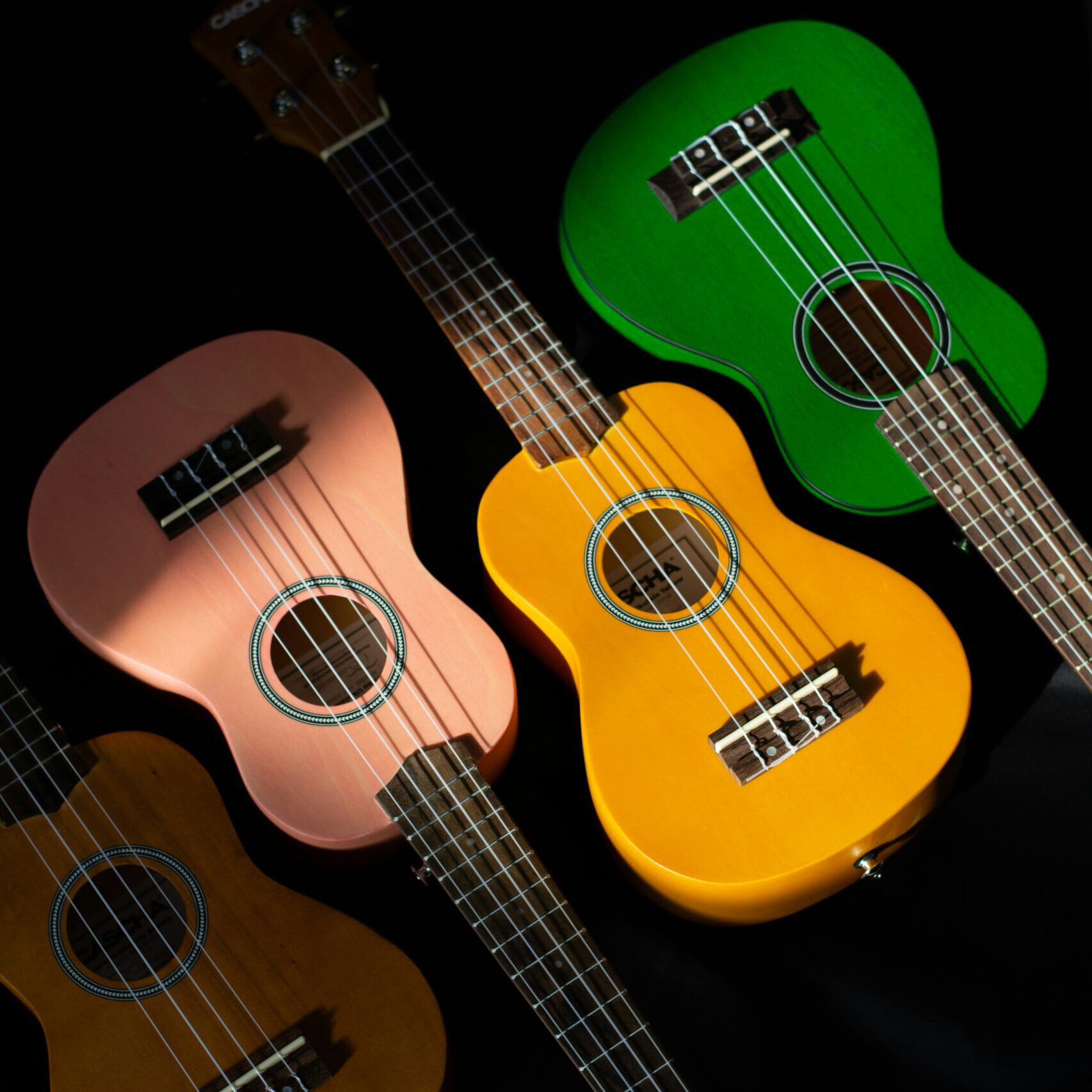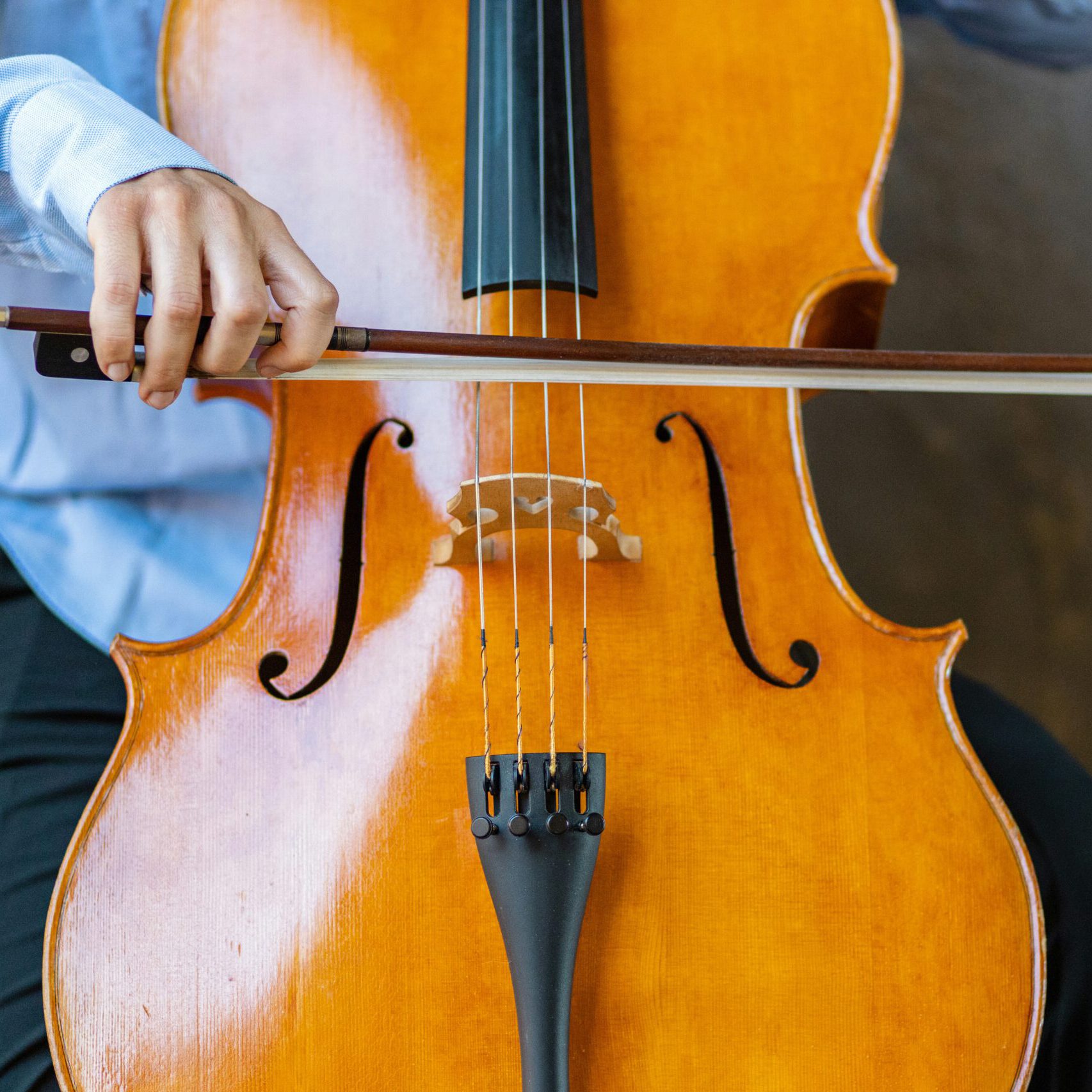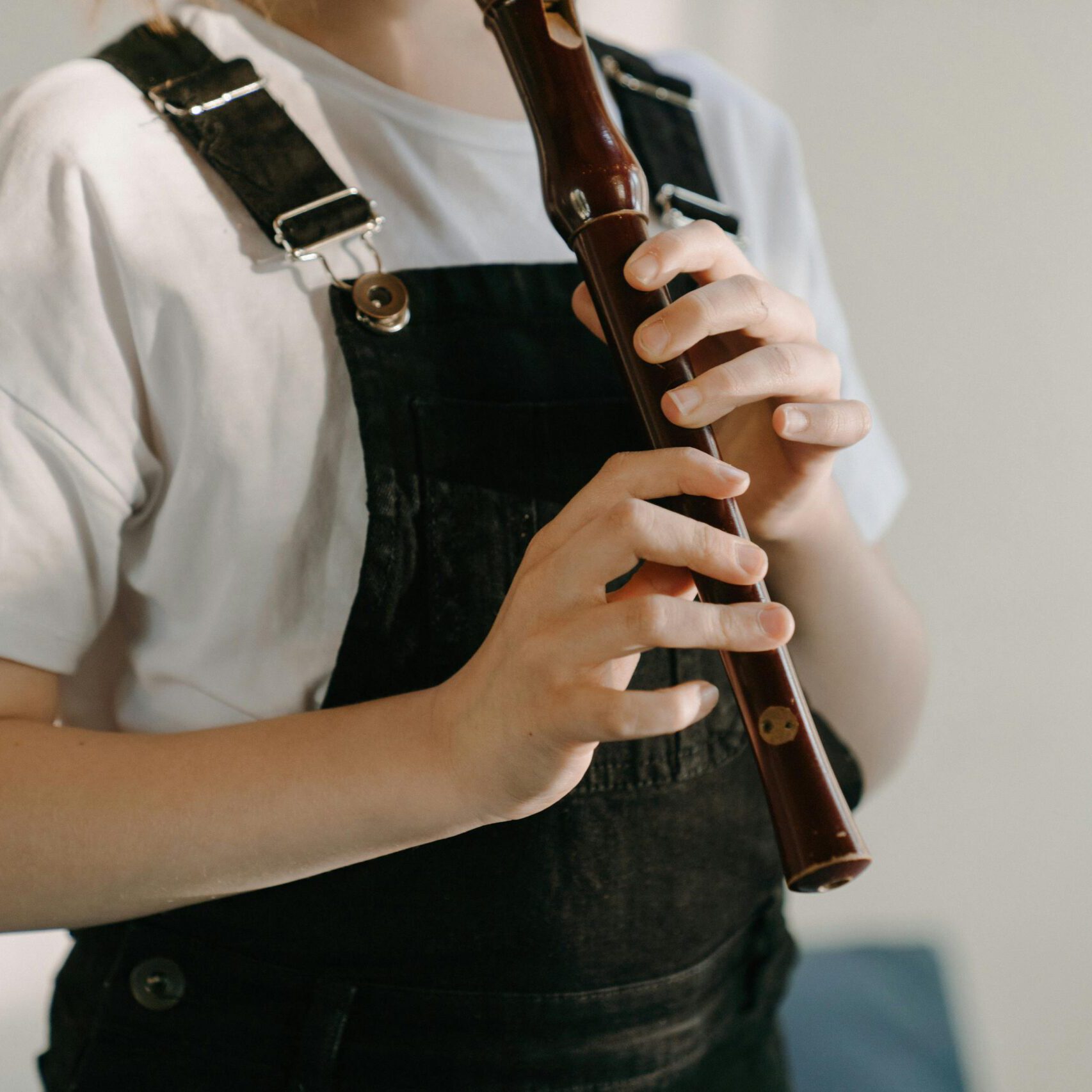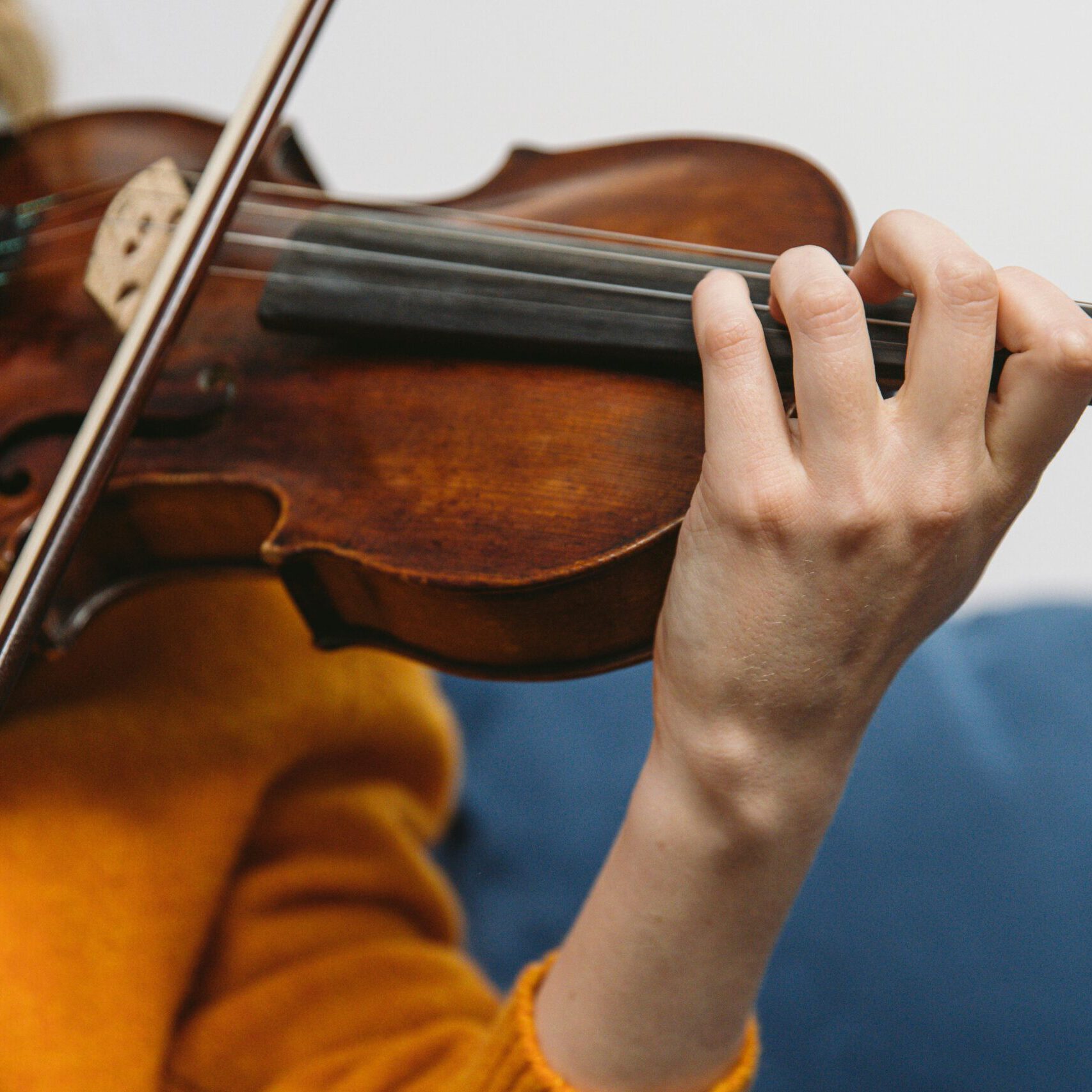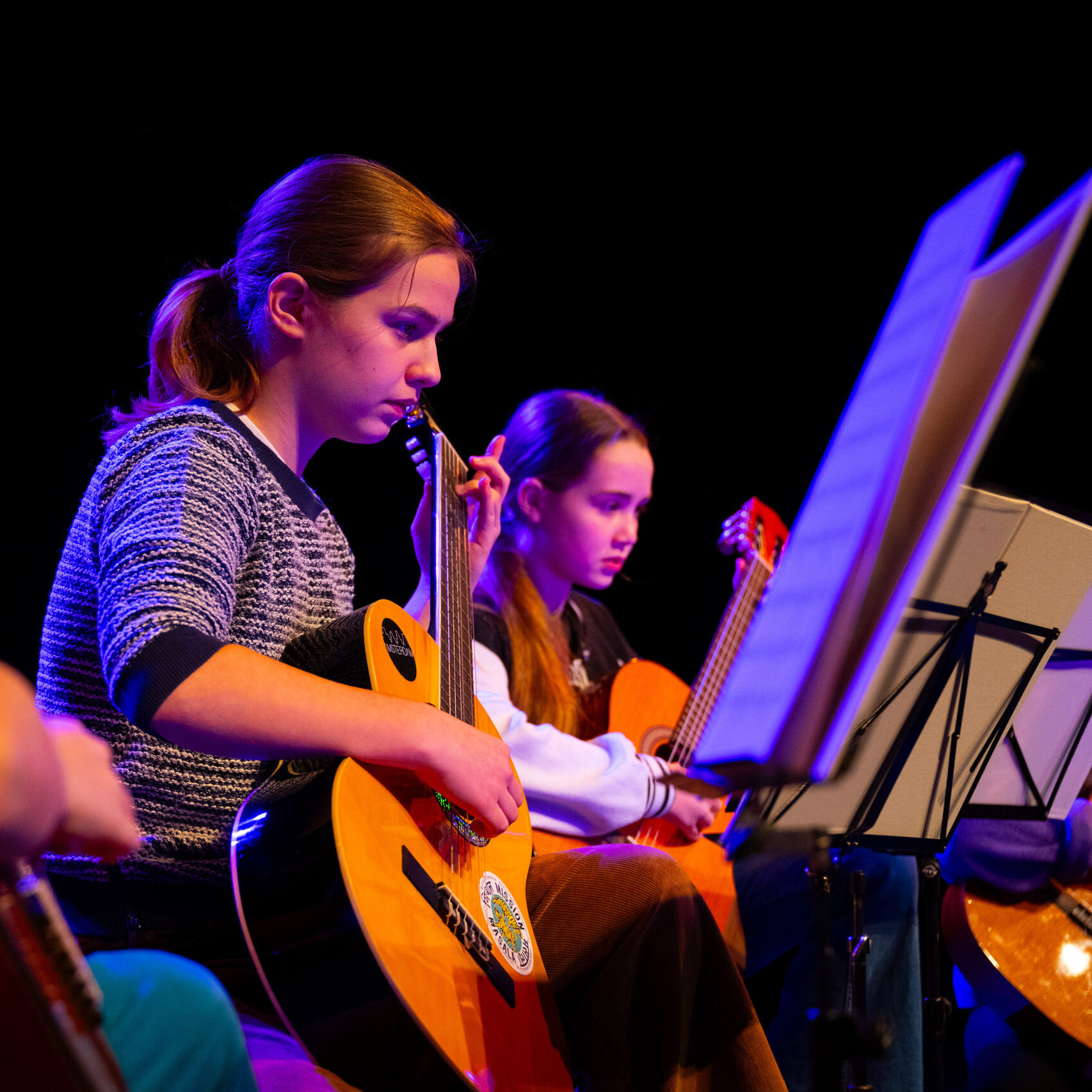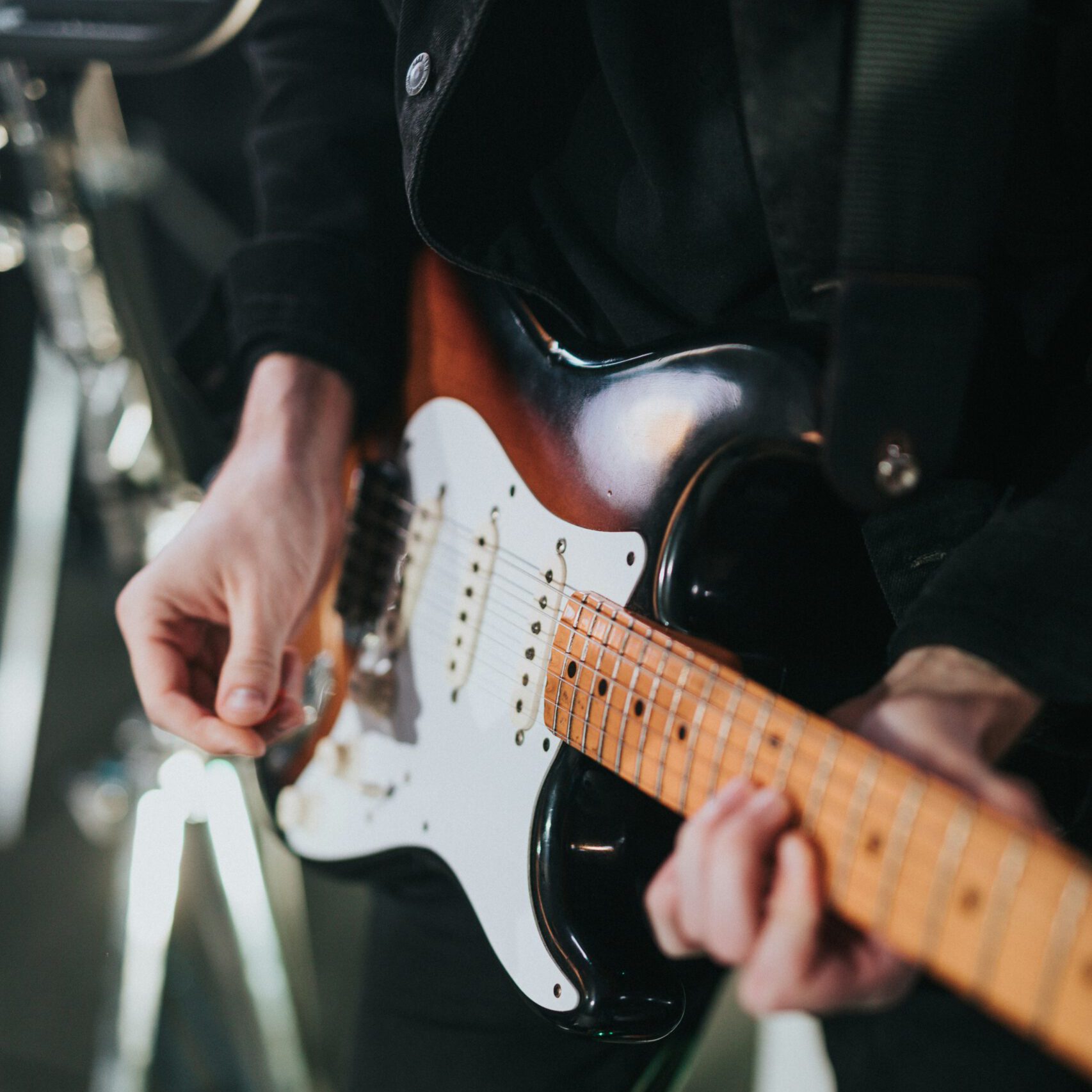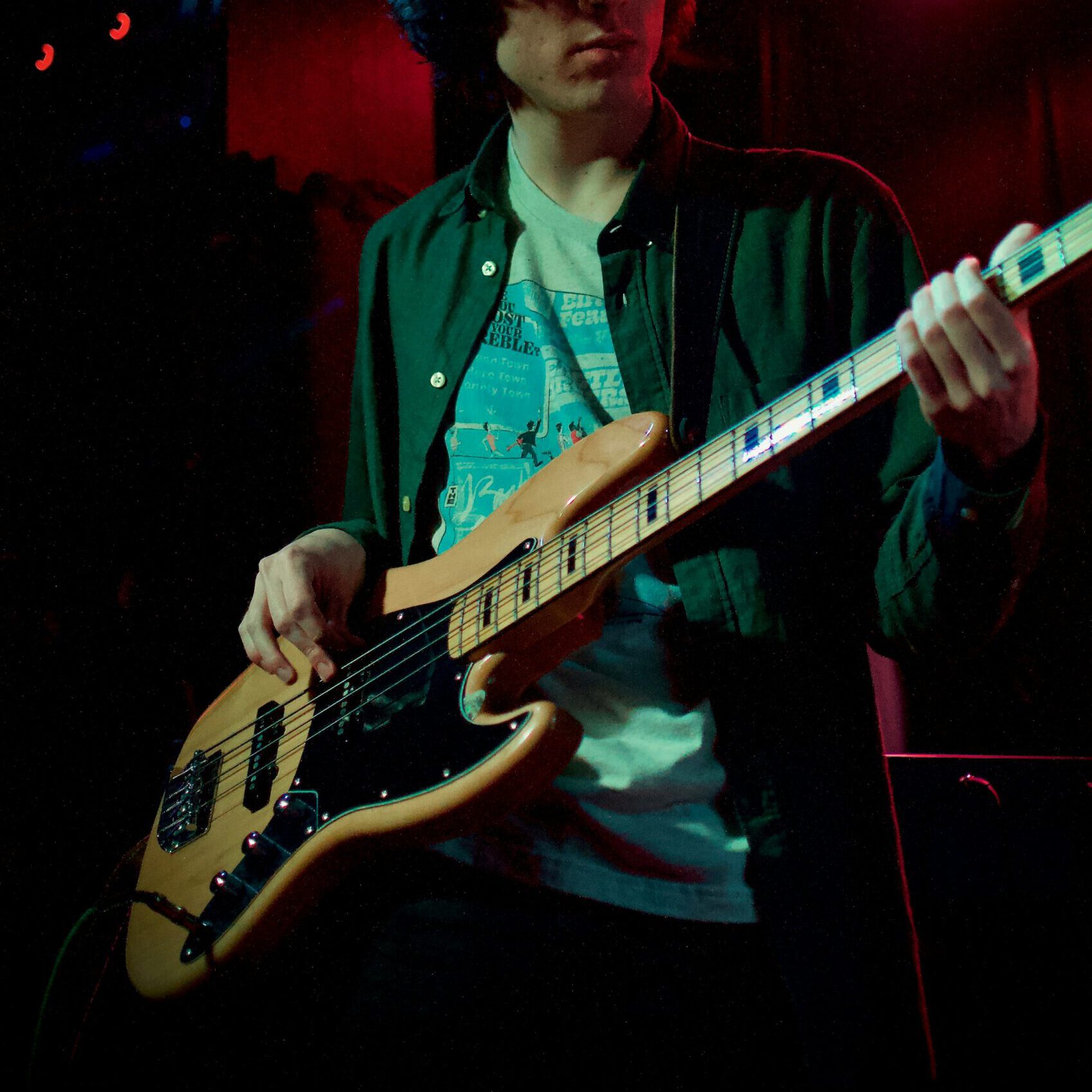DJ-lessons
1, 2, 3, 4! The music is pumping up, a new beat flows into the music. How much fun is it to make sure the music doesn't stop and songs flow smoothly into each other? With a DJ set, you create beautiful transitions and determine the atmosphere. Adults and teenagers from 10 years old can register and learn how to operate the DJ set and make two songs run exactly the same rhythm to make them flow smoothly into each other with beautiful effects and adjustments in the music. It is the first step in making electronic music yourself and is great fun to do.


